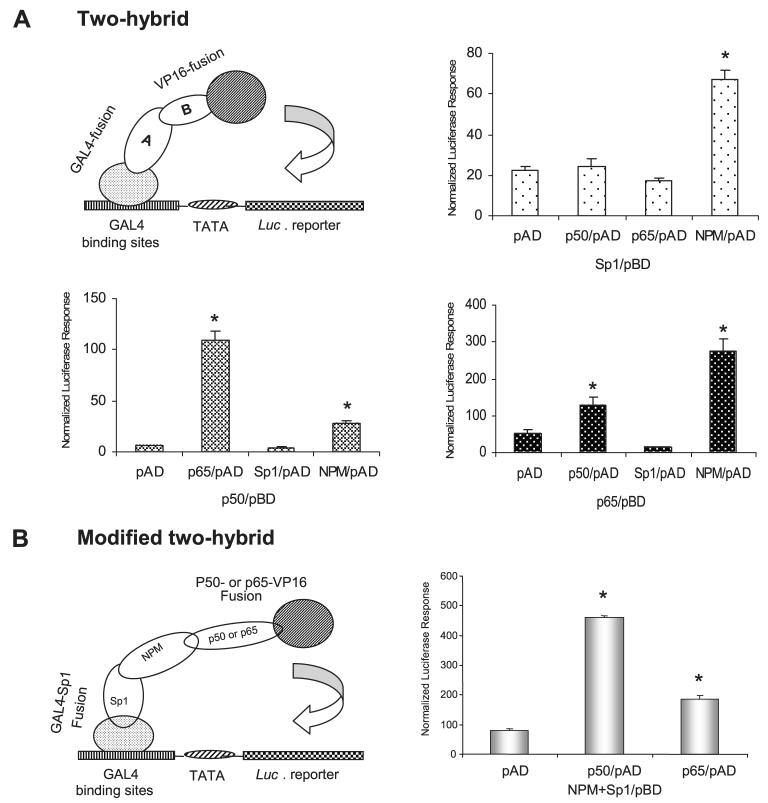FIGURE 8. Association of the 11G-loop and protein-protein interaction in transcriptional regulation.
A, an illustration of the two-hybrid system was used to detect interaction between protein A and protein B (top left); interaction of Sp1 with p50, p65, or NPM (top right); interaction of p50 with p65, Sp1, or NPM (bottom left); and interaction of p65 with p50, Sp1, or NPM (bottom right). Equal concentrations of pAD constructs and pBD constructs (0.3 nM for each) were transfected into VA13 cells. B, an illustration of the modified two-hybrid system was used to test interaction of Sp1-NPM-NF-κB (left). NPM expression construct (0.3 nM) was transfected into the established two-hybrid system (right). Protein-protein interactions were estimated by reporter responses with statistical significances of transcription compared with pAD only control in A and B (p < 0.01). C, a loop-containing single-stranded DNA (3 nM) was added into the modified two-hybrid system to compete for NPM in the transcriptional complex (top). The loop-containing self (loop/WT), loop-removed self (loop/Str), or non-self control single-stranded DNA was co-transfected with the established two-hybrid system. Transcriptional modulation by loop addition was analyzed. Significant differences (p < 0.01) in transcriptional regulation compared with the controls of loop/Str and non-self are indicated by arrows (bottom).


